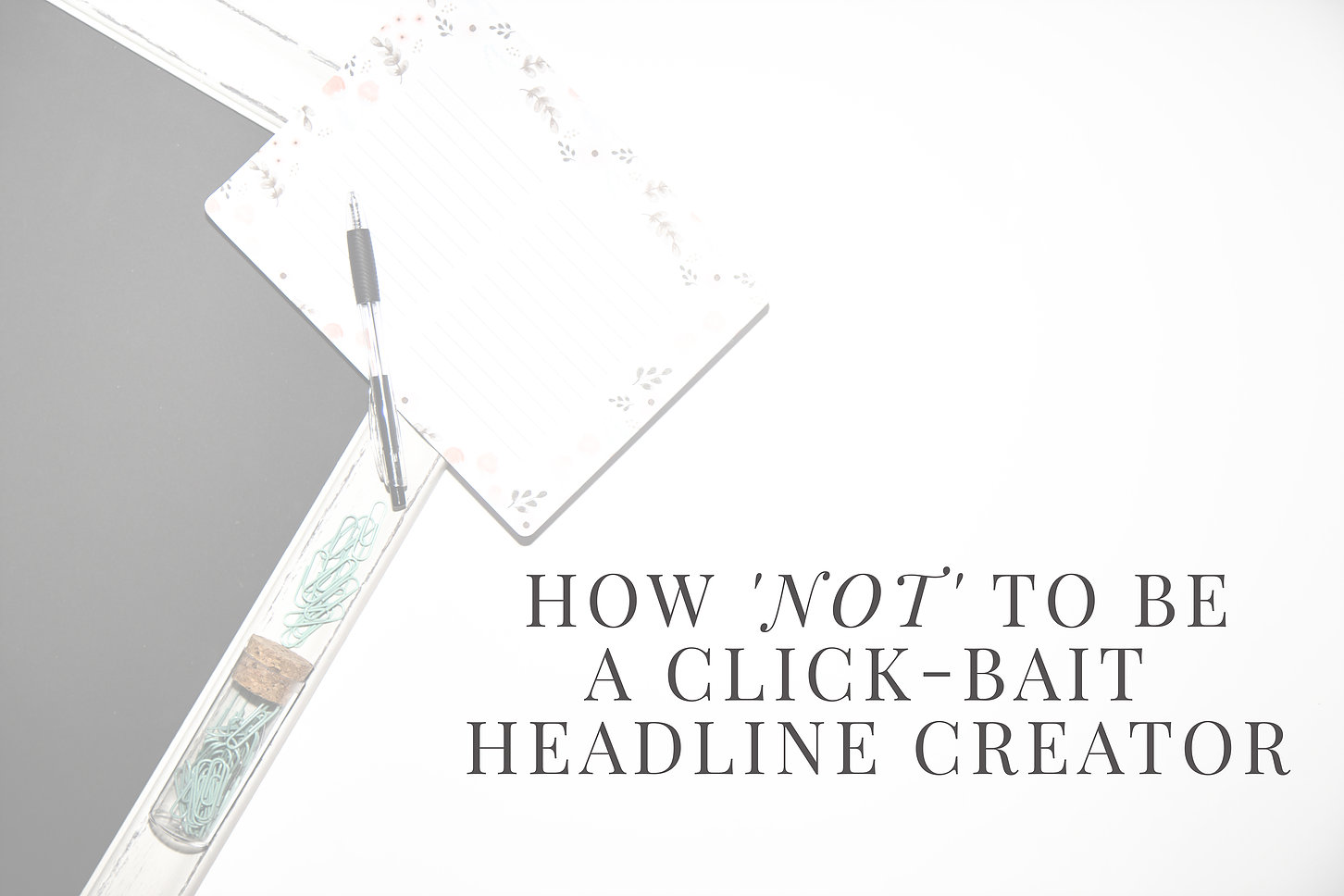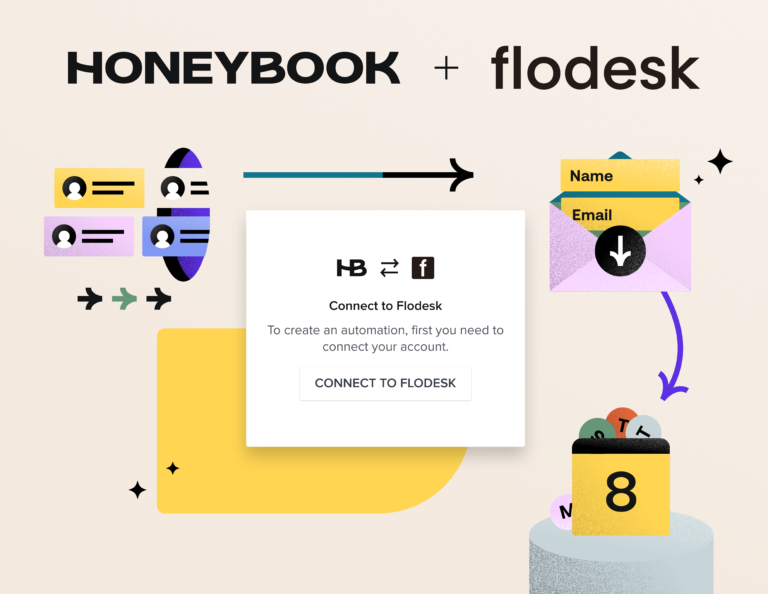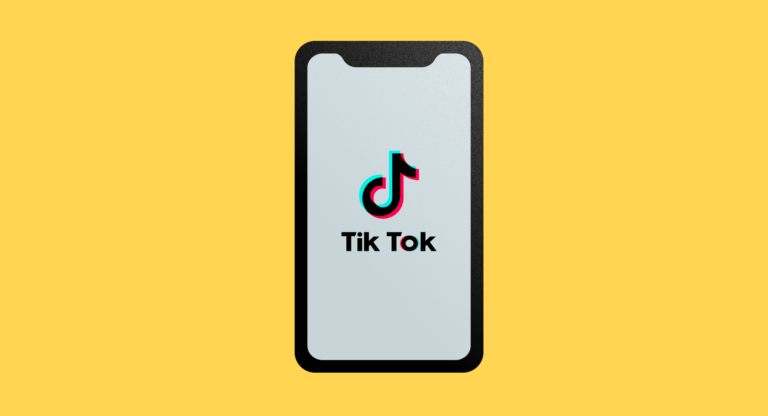Clickbait titles or headlines are titles created with the motive to bring attention to what you want a visitor to read or see on your website or blog. The catch is that the titles are normally misleading or at times don’t relate to the actual content that the visitor will read or see on your website, blog, or even a landing page for a product or service you’re trying to sell. These titles normally contain strong adjectives, exclamation marks or words that sway heavy on emotions or thoughts.

Some examples of clickbait title practices are titles written to make the viewer or visitor stop in their footsteps. They
are intentionally written for you to stop scrolling (during your internet search), read the headline, click on the headline (to view the content), and them bam it happens right before your eyes. What you thought you were going to read is not what the content is about, and as a result you either close-out of the particular content hosting location you’re on or you find yourself searching the internet (all over again) until you find what you’re actually looking for.
The flip side to clickbait titles or headlines is that not all content-creators are maliciously creating titles with this motive, but because of the way they’ve chosen to word their headlines they may fall into this category without realizing it. For example, a wedding photographer may use a title for a blog such as, “3 Amazing Styling Tips for Fabulous Bridal Details”. The intentions of the wedding photographer who more than likely spent more than an hour putting together this blog piece may not have been to “click-bait”, but because of what they’ve chosen as a title they unintentionally fall into this category.
What Do Click-Bait Titles or Headlines Include (Look Like):
- Strong Adjectives
- Strong Absolutes
- Images that make you want to look at the content
As I was making this list it made me think about some of my blog titles. My intentions are to be a resource, but I can see where some of my titles may fall into this category if the reader deems it as such. This is where it get’s a little tricky because no one is going to be attracted to a long-winded two-sentence or boring title/headline. Using the example I gave early on, “3 Amazing Styling Tips for Fabulous Bridal Details”, wording it like this: “3 TIPS FOR STYLING BRIDAL DETAILS” is much better.
The title is straight to the point, there are not strong emotionally pulling words. There’s only one part of the title that fits into “click-bait” which is using an odd number, but considering that the rest of the title is straight-forward, this would be a great title to use and definitely appeals to a visitor looking for this content.
How Can I Assess if My Content Matches My Title to Avoid Click Bait
Let’s use a real example. The title “3 TIPS FOR STYLING BRIDAL DETAILS” actually came from a blog post written by Natalie Franke of The Rising Tide Society. She opens up the blog piece with a nice introduction for the reader to have a clear understanding of her position and why she’s writing this blog to begin with. She also includes a graphic that clearly breaks down the content that she’s going to talk about within the blog piece. This also compliments her title.
As you continue to read the post, it is more than evident that the content matches her title. She addresses everything she’s mentioned in the leading graphic and throughout her blog piece for each focus point. Her tips and written content match the titles as well and are very practical. This is a prime example of a well written title that matches it’s content. It’s also clear that this content was extremely helpful as it has been pinned to Pinterest ninety-five times and like on Facebook over 45 times. Here’s the link to check it out: “3 TIPS FOR STYLING BRIDAL DETAILS”
Below are more tips that on how not to be a click-bait headline creator.
How To Assess If Your Blog Title or Headline Is Click-Bait:
If you intentionally created a headline or title with the motive for it to be “click-bait” (of course)
Constant usage of Odd Numbers in all of your headlines for any content that you create (blogs and landing pages) Strong Absolutes within your titles; this can apply to video content as well
What Click-Bait Titles Do Your Audience:
Disappoints them
Makes them feel mislead and bamboozled
Makes them feel like they wasted their time (my pet-peeve)
*Upon research these are two major platforms that look for this kind of content. ey don’t want their users to be mislead or to be associated with poor content. I would hate to fall victim of my content not being seen or not connecting with my target audience or potential clients because of this.
What Platforms are Looking at Click-Bait Titles & How It May Effect Your SEO
The hard truth about this entire subject is that click-bait titles or headlines could be one of the leading causes to your low SEO ranking or bounce rate for your website. I know it’s been said that blogging is dead, but that’s not true. In fact, I’ve been blogging more than ever and I’ve seen the benefits of it (over the last four months). People are reading blogs. I receive messages all the time about my quality content. My readers also ask questions related to their particular area of focus because they desire to keep learning and grow. This helps me continue to
develop content they are looking for.
Note: During my research I found that Google & Facebook are two major platforms that look for this kind of activity These are also platforms that clients use to find us. They don’t want their users to be misled or to be associated with poor content. I would hate to find out that I am not connecting with my target audience or potential clients because of blog titles or website headlines.
Jordan Burleson has an amazing quote that I love about this topic. He says, “Clickbait is a great quick-win for tra c but a terrible lose-lose strategy for retaining readers/viewers and staying relevant in a saturated Internet.”
How To Avoid Click-Bait Titles
Write your content in full before creating a title (this helps to be more specific)
Keep your titles simple and straight-forward
Try to avoid using odd numbers all of the time in your headlines or titles
Make great content that matches your catchy titles (if you’re not going to follow some of the assessment guidelines
- Don’t use an amazing blog title and have mediocre content
- Be unique but clear
- Use “How To” Headlines which lean more towards value content Honest titles foster trust
People click on catchy titles because they normally relate to something they can learn from or prevent; who doesn’t want that.
Think about it, if you’re a novice photographer visiting a seasoned photographer’s blog and you notice a title for a blog that says, “5 Guaranteed Ways to Make Six Figures Within Your First Year of Business”, would you click on it? Shoot, I’ve been in business for a while now and I would click on it just to see if I am doing anything wrong or to see if there is anything that this seasoned photographer is saying that can help me to continue to be a successful and profitable business.
The bottomline is, don’t write titles or headlines that don’t match the content you’re creating. Let your content speak for itself. If you focus on providing quality content you won’t have to worry about writing an outlandish title because people will love your content regardless. Catchy titles that fall under the click-bait category aren’t necessarily wrong – bad content that doesn’t match your titles or headlines is what makes them wrong.



